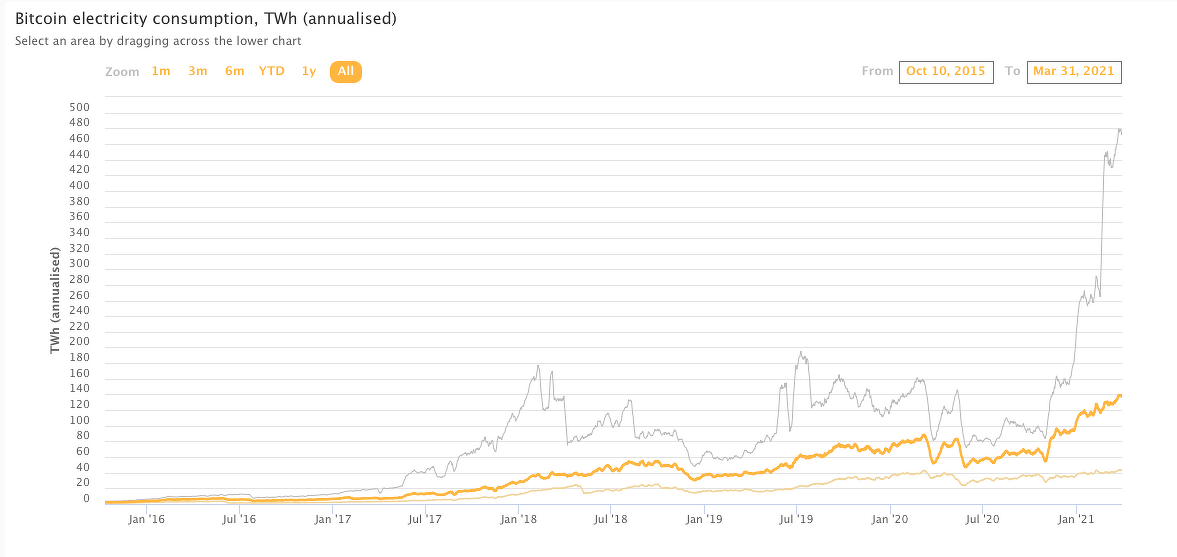Pakistan is set to receive the debt servicing relief of $2.7 billion under the G20’s Debt Servicing Suspension Initiative (DSSI), which will help create expenditure space for COVID-related spending.
In a global context, Pakistan is likely to benefit the most from potential savings under the DSSI.
The total volume of debt relief under DSSI stands at $11.5 billion, out of which Pakistan’s share alone is around 23 percent. The shares of other countries are negligible relative to Pakistan, except for Angola.
In terms of percent of GDP, Pakistan is among the top 10 DSSI beneficiaries. This debt relief will not only ease pressures on debt servicing but also create the needed fiscal space to mitigate the impact of COVID-19 in Pakistan.
Ultimately, participation in this initiative would further improve the debt sustainability indicators of Pakistan. Pakistan applied for the DSSI in the last quarter of FY20.
ALSO READ
FDI Witnesses a Massive 150% YoY Increase in October
Persistent fiscal and current account deficits have led to debt accumulation over the years, putting pressures on debt sustainability. External debt is considered sustainable if a country can meet its maturing obligations without debt rescheduling and without compromising on economic growth.
Pakistan’s total external debt and liabilities (EDL) increased by $6.5 billion during FY20 compared to a rise of US$ 11.1 billion during FY19.
This slowdown in external debt accumulation was attributed to a marked contraction in the current account deficit, revaluation gains of $0.4 billion on the outstanding stock of external debt, and higher debt repayments during the year.
Lastly, the share of loans from the IMF also increased during FY20, which not only included the tranches received under the Extended Fund Facility (EFF) but also the inflow of $ 1.4 billion under the Rapid Financing Instrument (RFI) following the COVID-19 crisis.
The most common measure used to assess debt-bearing capacity is the external debt and liabilities to GDP ratio, which improved marginally to 45.5 percent by end-June 2020 from 45.7 percent by end-June 2019.
The indicator shows that the growth in nominal GDP outpaced the growth in external debt and liabilities during FY20. As highlighted earlier, the reduction in current account deficit and higher amortization contained the growth in external debt and liabilities.
ALSO READ
SBP Predicts Pakistan’s GDP to Grow by Up to 2.5 Percent in FY21
However, it is also important to emphasize that this ratio has been consistently increasing over the last few years. The ratio increased from 26.6 percent during FY16 to 45.5 percent during FY20.
This indicates that the cumulative growth in external debt surpassed the nominal GDP growth during this period.
